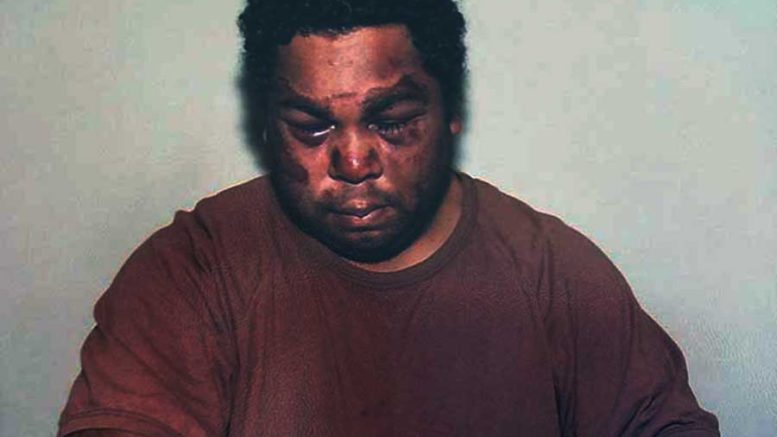From the National Justice project
Aboriginal citizen journalists to use social media to hold police accountable and make communities safer.
A new program has been launched to run training in Aboriginal communities about using mobile phones to document harassment by authorities.
The project known as “Copwatch” has been developed by the National Justice Project (NJP), a human rights law firm, in response to complaints about over-policing and police abuses in Aboriginal communities. The NJP is currently seeking crowdfunding in order to send human rights lawyers and media professionals to deliver training on using mobile phone technology, social media and the law around safely filming police interactions and other authority figures. Over $20,000 has already been raised in over a week, and the campaign shared over 8000 times on social media.
Training will be provided on invitation only basis, with several Aboriginal communities already expressing strong interest in participating.
Darumbal woman and journalist Amy McQuire said:
“Over the course of my career in journalism, I have spoken to countless First Nations people who have been left deeply affected by police brutality and over-policing in their communities.”
“There are historical reasons why there is such a tense relationship between Aboriginal people and police, and it is not going to be solved by tokenistic platitudes and the occasional ‘good cop’. There needs to be justice. There has never been one police officer convicted over a black death in custody, and this is keenly felt across Aboriginal Australia. Copwatch is one way we can begin to help inform Aboriginal communities of their rights, and will give us the tools to keep the police accountable, and help make our communities safer,” said McQuire.
End Black Deaths in Custody campaigner Shaun Harris said: “I hope that Copwatch will educate and empower our community to enforce rights that everybody has in this country. Anything that amplifies the voices of Aboriginal peoples can only be regarded as positive and part of getting justice for my niece Ms Dhu.”
Marwari man Des Jones who heads up the Murdi Paaki Regional Assembly in Western NSW states:
“we hear a lot about zero tolerance on crime, Aboriginal peoples need to start having zero tolerance on racism entrenched in government, non-government and industry. We need to use all legal and political avenues available to expose and eradicate racism and abuse, and to bring perpetrators to justice.”
National Justice Project Principal Solicitor George Newhouse said “Copwatch is a project that has been a long time coming. For years, Aboriginal communities have cried out against abuses and the prejudices of government officials – and the response has been apathetic.
“This is not about attacking police. It is about the equal application of the rule of law. The law is applied with great severity to Aboriginal people – as demonstrated by their high incarceration rates. Many Aboriginal people see their treatment at the hands of our authorities as unfair when the law is not applied equally to those who enforce it. It may be that some complaints against police are unjustified. When video evidence is provided of these interactions, we will all have a better sense of what communal/police relations are really like and whether the police are willing to hold their own accountable.”


Since the death of Mulrinjii Doomadgee in my community and how police ‘handled’ everything, there is no relationship between police and community on Palm Island!